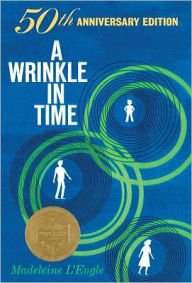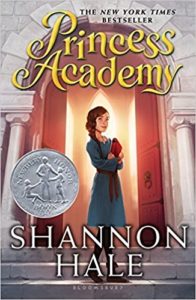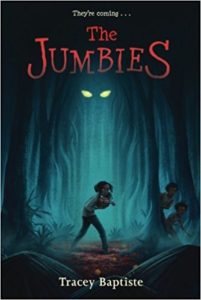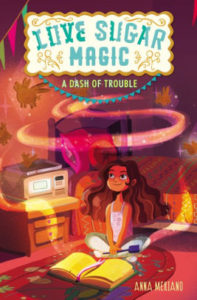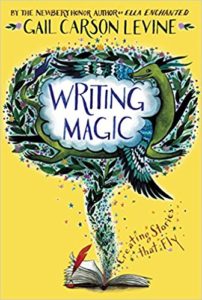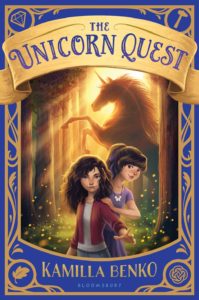The Hybrid Publishing Model
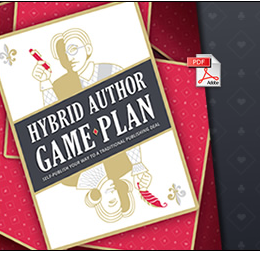 March 31, 2017 by Steven Spatz, President of BookBaby, excerpted and adapted from The Hybrid Author Game Plan: Self-publish Your Way To A Traditional Publishing Deal.
March 31, 2017 by Steven Spatz, President of BookBaby, excerpted and adapted from The Hybrid Author Game Plan: Self-publish Your Way To A Traditional Publishing Deal.
There are many ways to approach a hybrid publishing strategy, but the premise is simple: take the elements from the traditional and self-publishing models that best suit your situation.
Not long ago, BookBaby exhibited at a writers conference, and I spent a weekend with authors from all over the country. Many had journeyed thousands of miles and spent hundreds of dollars hoping to pitch their manuscripts to agents attending the event.
Most of these same authors passed my table without so much as a look.
Why? Because they had decided to put all their efforts towards pursuing a traditional publishing career. The few I did manage to coax into talking told me the same story over and over: self-publishing wasn’t part of their plan.
My response to them? “You need a different plan!” I told them there was a different way to accomplish their goal. Traditional publishing vs. self-publishing is not an either/or endeavor. You can do both; in fact, you should do both. That approach is working for thousands of writers just like you.
Hybrid publishing
It’s called hybrid publishing, and authors of all kinds – experienced New York Times best-selling writers all the way to first-time authors – are using this approach. In my book, The End. Now What? I spend a chapter discussing the pros and cons of traditional and self-publishing. But, what if neither feels quite right? You like some aspects of both models. What if you want to do both?
That’s the answer: do both. Try as many things as possible to jumpstart your writing career. This dual model combining self-publishing and traditional publishing empowers authors and publishers alike.
Hybrid publishing is difficult to pin down because it’s dynamic; there are many different ways to approach this kind of strategy. There are clear steps, benefits, and drawbacks to the distinctly separate models of self-publishing and traditional publishing. By pursuing a hybrid publishing strategy, authors take the things from each model that best suits their own situation.
The more recent development to the hybrid publishing approach is that most publishers encourage and applaud this course. Traditional publishers gain from writers’ trailblazing efforts, making for a tailored, innovative approach to publishing.
Your hybrid publishing game plan
Hybrid publishing is difficult to define because there are so many possible variations. That’s the beauty of this approach, because every author’s situation is different.
One more bonus: This approach can be applied to a single project or an entire career. Take a look at some of the most common examples of hybrid publishing strategy.
Author A
Author A’s career started with traditionally published books, but watching the rise of self-publishing, he decides to try it for himself. From there, the author publishes some books traditionally and self-publishes others. Hugh Howey is a perfect example of this strategy.
Author B
Author B has self-published several books and is picked up by a traditional publisher. She established an author platform and attracted the attention of an agent and/or publisher with her own marketing and sales. We’ve seen this happen first-hand within our building. Scott McCormick and Robert Lazzell signed a four-book contract with Puffin Books after self-publishing through BookBaby.
Author C
Author C gets a traditional book deal for printed book publishing, but continues to self-publish eBooks, retaining all digital rights and royalties. More commonly, authors – or even estates of authors – are using ancient pre-Internet contract language to assume digital rights. Recent court rulings have favored these “jailbreaks” away from the grip of legacy publishers.
And there are a dozen other possible scenarios that can employ both models at once. Simply put, these new hybrid models are changing the face of publishing. So what are the benefits?
The benefits of hybrid publishing
I’ve mentioned how hybrid publishing is a win-win for all concerned, including the traditional publishers. Traditional publishers benefit because they can sign authors who have already self-published and have established an audience. It’s like the National Football League depending on the college system to vet the next stars of the game. That’s a lower-risk investment for the publisher because they know the books should sell to existing readers and fans. Even if the sales aren’t spectacular, they can better judge the appeal of a book’s premise or topic when it’s a real, tangible product and not just a pitch letter.
You may have noticed how the movie studios showing the latest films at the local Cineplex tend to like sequels, or movie premises that seem like a “can’t miss” proposition. Nowadays studios are less likely to experiment with new, untested leading actors or actresses or try to cover subject matter that’s far from traditional movie plot formulas. They simply can’t risk $100 million misses.
On a much smaller scale, every new author is a risk for a publishing house. There’s no way to tell which books will make the bestseller lists and which ones will bomb. Mind you, we’re not talking about $100 million dollar losses here, but as traditional publishers are getting weaker in this new publishing climate, they cannot afford losing efforts.
Meanwhile, authors who self-publish are honing both their writing and marketing skills on a smaller stage, so if and when they’re picked up by a publisher, they have the proper experience to reach out to the broader audience that the publisher will expose them to.
Like I said: “It’s a win-win.”

 New York-based bookstore
New York-based bookstore 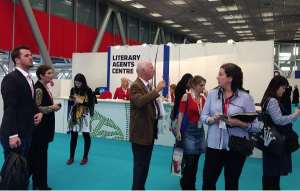 photo: Dealmakers and scouts gather to talk trends at the rights center at the Bologna Children's Book Fair.
photo: Dealmakers and scouts gather to talk trends at the rights center at the Bologna Children's Book Fair.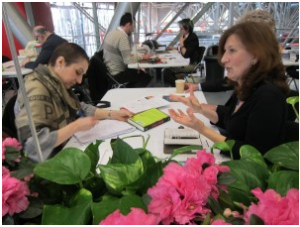 The surge in content featuring Stranger Things-esque elements was something agent Fiona Kenshole at the Canada-based Transatlantic Literary Agency was also noticing. “SF is having its moment,” she said. Kenshole felt the appeal of such content was thanks to the Netflix series, in which a quartet of friends fight demonic creatures that exist in another dimension which can be accessed through various portals in their Midwestern town. (The alternate dimension in Stranger Things is, as in Barron's MG series, called "The Dark.")
The surge in content featuring Stranger Things-esque elements was something agent Fiona Kenshole at the Canada-based Transatlantic Literary Agency was also noticing. “SF is having its moment,” she said. Kenshole felt the appeal of such content was thanks to the Netflix series, in which a quartet of friends fight demonic creatures that exist in another dimension which can be accessed through various portals in their Midwestern town. (The alternate dimension in Stranger Things is, as in Barron's MG series, called "The Dark.") 
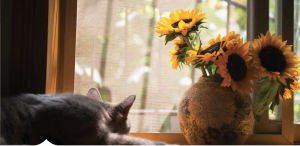 It has its paws folded under its bulky belly, face pressed against the swing hanging from the ceiling of a quiet living room. Its two hind legs are awkwardly draped over the side as it silently struggles not to fall off the seat. The suspense of being suspended in air doesn’t seem to bother it. One of its eyes, a thin slice of emerald, tracks a mosquito that zips around the room. The other eye is nowhere to be found. The cat doesn’t even twitch when an ancient air conditioner turns on and buzzes like a muffled jackhammer.
It has its paws folded under its bulky belly, face pressed against the swing hanging from the ceiling of a quiet living room. Its two hind legs are awkwardly draped over the side as it silently struggles not to fall off the seat. The suspense of being suspended in air doesn’t seem to bother it. One of its eyes, a thin slice of emerald, tracks a mosquito that zips around the room. The other eye is nowhere to be found. The cat doesn’t even twitch when an ancient air conditioner turns on and buzzes like a muffled jackhammer.
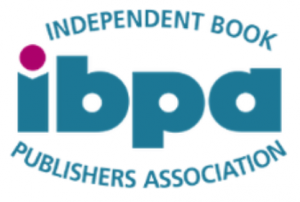 The Independent Book Publishers Association (IBPA) has released its nine-point criteria for hybrid publishers. The freely available “
The Independent Book Publishers Association (IBPA) has released its nine-point criteria for hybrid publishers. The freely available “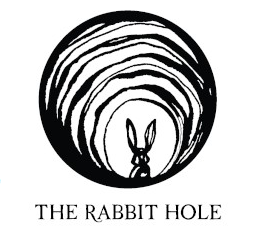 The Rabbit hOle, the proposed “explor-a-storium” in Kansas City
The Rabbit hOle, the proposed “explor-a-storium” in Kansas City 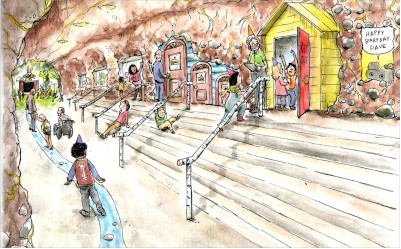 Artists Charlie Mylie and Nicholette Haigler's rendering of the front entrance of the Rabbit hOle.
Artists Charlie Mylie and Nicholette Haigler's rendering of the front entrance of the Rabbit hOle.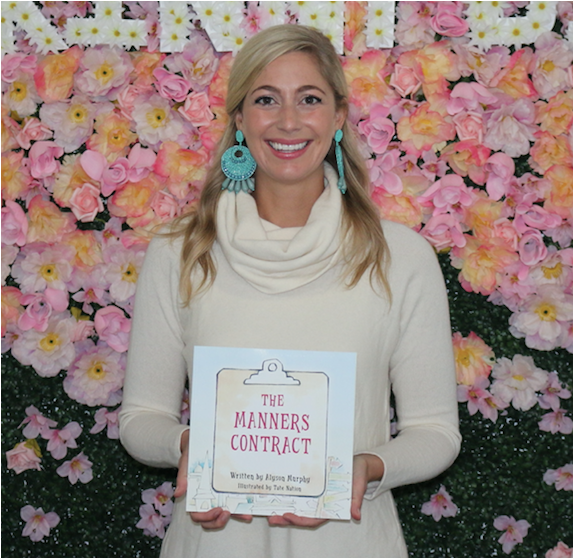 My passion for writing began in the fourth grade. It was 1998 and an author came to my school, Belle Hall Elementary, to have lunch with a few lucky students. I was selected for the lunch date after confidently sharing with my fourth-grade teacher, Ms. Peninger, that I too would one day write a book. On our last day of class, Ms. Peninger gave me a hardback journal with instructions to write in it all summer and come back as a fifth grader and share.
My passion for writing began in the fourth grade. It was 1998 and an author came to my school, Belle Hall Elementary, to have lunch with a few lucky students. I was selected for the lunch date after confidently sharing with my fourth-grade teacher, Ms. Peninger, that I too would one day write a book. On our last day of class, Ms. Peninger gave me a hardback journal with instructions to write in it all summer and come back as a fifth grader and share.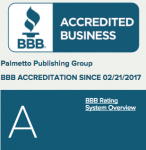 If you don’t necessarily care for being told no or giving the majority of your paycheck to a middle man (like myself) there is a third option called Independent Publishing aka Indie Publishing. I used a local independent publisher called
If you don’t necessarily care for being told no or giving the majority of your paycheck to a middle man (like myself) there is a third option called Independent Publishing aka Indie Publishing. I used a local independent publisher called 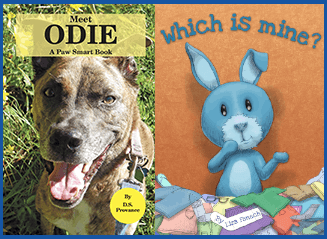 The Gittle List Book Competition, now in its fifth year, aims to find these literary gems and help their authors increase sales. "My contest offers something I've not seen anywhere else; free promotion for entrants," says Aviva Gittle, owner of Gittle Publishing. She is the host and sole judge of the contest that is exclusively for indie children's picture books.
The Gittle List Book Competition, now in its fifth year, aims to find these literary gems and help their authors increase sales. "My contest offers something I've not seen anywhere else; free promotion for entrants," says Aviva Gittle, owner of Gittle Publishing. She is the host and sole judge of the contest that is exclusively for indie children's picture books.